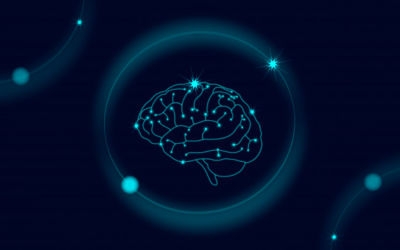Dementia Articles
Types of Dementia: Lewy Body Dementia

April 7, 2020 | Understanding Dementia
What is Lewy Body Dementia?
Lewy body dementia is a type of dementia in which abnormal proteins, called Lewy bodies deposit in the brain. The protein deposits cause areas of the brain to stop working correctly. The two types of Lewy body dementia include dementia with Lewy bodies, and Parkinson's disease dementia. The main difference between these two types is that in dementia with Lewy bodies, memory problems develop first, then movement difficulties develop later. In Parkinson's disease dementia, an individual has difficulty with movement first, and then develops memory problems later on in the disease process.
What causes it?
The exact cause is unknown. Lewy body dementia usually develops most in people age 50 years old or older. This type of dementia is also slightly more common in men than in women.
How is it diagnosed?
Lewy body dementia can be difficult to diagnose as it can present similar to Alzheimer's disease. Some symptoms include memory loss, hallucinations, delusions, trouble with sleep, and movement impairment. A specialist is the best person to diagnose Lewy body dementia as there are many things to evaluate. A specialist will examine a patient's health history and may order brain scans or lab work to determine if other medical conditions could be causing the symptoms the patient is experiencing.
How is it treated?
There are no treatments for Lewy Body dementia, but effects of Lewy Body dementia such as depression, or trouble sleeping can be treated.
Learn More:
Share this spotlight
Return to the listing of dementia articles.
